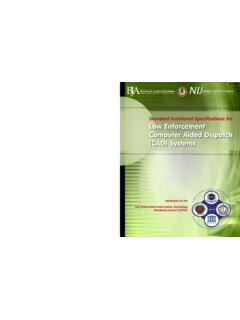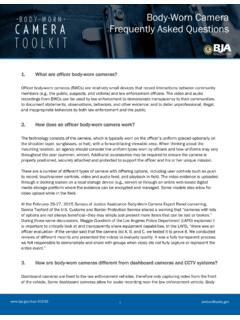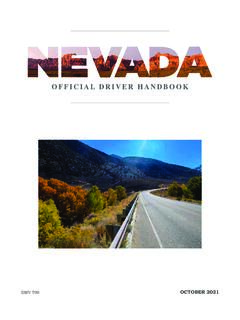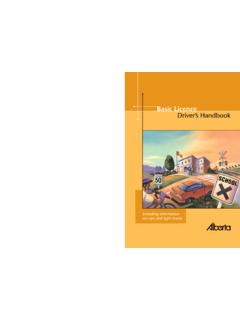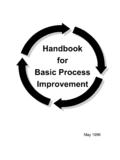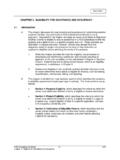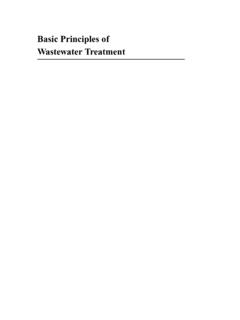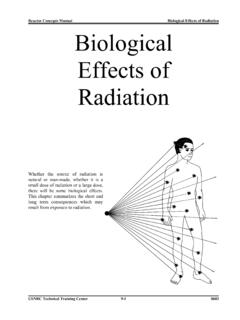Transcription of Prosecuting Elder Abuse Cases Basic Tools and Strategies
1 1 Prosecuting Elder Abuse Cases Basic Tools and strategiesProsecuting Elder Abuse CasesBasic Tools and StrategiesProsecuting Elder Abuse CasesBasic Tools and StrategiesThis project was supported by Grant No. 2009-DB-BX-K024 awarded by the Bureau of Justice Assistance. The Bureau of Justice Assistance is a component of the Office of Justice Programs, which also includes the Bureau of Justice Statistics, the National Institute of Justice, the Office of Juvenile Justice and Delinquency Prevention, the SMART Office, and the Office for Victims of Crime.
2 Points of view or opinions in this document are those of the authors and do not necessarily represent the official position or policies of the Department of guide is an overview of Elder Abuse intended to give prosecutors information about how to identify issues that commonly arise in these Cases , suggest practice approaches, and provide a starting point for building effective Cases . The information presented in this guide complements two companion publications: Prosecution Guide to Effective Collaboration on Elder Abuse and Prosecuting Elder Abuse Cases : Proposed Performance CENTER FOR STATE COURTS300 Newport AvenueWilliamsburg, VA K.
3 Uekert, Keilitz, Saunders, Heisler, Francisco District Attorney s Office (Rtd.) Trainer and ConsultantPage Ulrey, County Prosecutor s Office, Seattle, WAErin G. Baldwin, Consulting, LLC, Columbia, SCFormerly, National District Attorneys AssociationBureau of Justice Department of JusticeACKNOWLEDGEMENTSThe authors wish to thank the Bureau of Justice Assistance for its support of this project. In particular, Danica Szarvas-Kidd, BJA Policy Advisor for Adjudication, continues to make significant contributions to the Elder Abuse and neglect field her support of our efforts is tremendously appreciated.
4 Our grant managers, Dara Schulman and Samuel Beamon, provided timely advice that helped us deliver the final product. We thank the following prosecutors for giving their time and expertise to review an earlier draft of the prosecution guide: Tara Patet, Senior Prosecutor for the St. Paul City Attorney s Office in Minnesota; Tracy Culberson, Assistant Attorney General for the Office of the New Hampshire Attorney General; and Tristan Svare, Deputy District Attorney for the San Bernardino County District Attorney s Office in California.
5 case examples were provided by co-author Page Ulrey, Tristan Svare, and Elizabeth Loewy, Assistant District Attorney of New York County. We also thank our working prosecutor at the National Center for State Courts, Shelley Spacek, for her enthusiasm on this subject, and Neal Kauder, VisualResearch, Inc., who provided the graphic design for this project. NATIONAL CENTER FOR STATE COURTS300 Newport AvenueWilliamsburg, VA 2012 by the National Center for State Courts, Williamsburg, Virginia. All rights reserved.
6 This publication is the copyrighted property of NCSC. The National Center for State Courts allows reproduction and adaptation of this material for use by justice agencies and for educational purposes, but resale or use of the information for any commercial purpose is strictly prohibited. TABLE OF CONTENTSACKNOWLEDGEMENTSSTRATEGIES FOR ACHIEVING SUCCESSFUL PROSECUTIONSABOUT THE CRIME OF Elder ABUSEAPPENDICESTHE ROLE OF THE PROSECUTORISSUES COMMONLY ARISING IN Elder Abuse CASESI mprove Your Recognition of Underlying Issues in Elder Abuse CasesImprove Your Ability to Work with Older Victims 3 50124070303Be Creative in Charging CasesAnticipate and Be Prepared to Counter Common DefensesAddress Issues of Competency and CapacityBuild an Effective CaseCraft Appropriate SentencesDevelop Relationships with
7 Community PartnersAPPENDIX A: case STUDIESAPPENDIX B:BRUISING IN OLDER ADULTSAPPENDIX C:EVIDENCE COLLECTION CHECKLIST 724 93435101222231 Prosecuting Elder Abuse Cases Basic Tools and strategiesABOUT THE CRIME OF Elder Abuse This guide is an overview of Elder Abuse intended to give prosecutors information about how to identify issues that commonly arise in Elder Abuse Cases , suggest practice approaches, and provide a starting point for building effective Cases . The information contained in the guide should be used in conjunction with your state statutes and case states have specific laws that criminalize the Abuse , neglect and exploitation of elders.
8 There is considerable variability in these statutes. Some states define it as particular conduct against a person over a specified age. Others focus on the victim s physical or cognitive vulnerability without regard to age. Still others require prosecutors to prove both the age and vulnerability of the victim. Regardless of whether a state has a specific law addressing Elder Abuse , neglect or exploitation, in every state acts constituting Elder Abuse violate general criminal laws ( , murder, sexual assault, battery, theft, fraud).
9 Most Elder Abuse Cases involve the victimization of elders by perpetrators with whom they have an ongoing and trusting relationship. These include intimate partners, adult children, other family members, trusted caregivers, and fiduciaries. Some perpetrators Abuse their real or apparent legal authority ( , power of attorney, conservatorship, guardianship) in order SexualAbuseNeglectPhysical AbuseFinancialAbuseThe dynamics of Elder Abuse create multiple challenges for guide discusses Elder Abuse in terms of physical Abuse , sexual Abuse , financial Abuse , and neglect.
10 These types can co-occur in individual Cases . Elder Abuse can occur in a private home, public location or care obtain an older person s assets. Others use undue influence to obtain an Elder s apparent consent to transactions or activities that benefit the frequently take advantage of the trust placed in them by the victim in order to continue their behavior and avoid responsibility for it. Because they so often trust and depend on the perpetrator, victims may be slow to recognize and report Abuse and reluctant to cooperate with criminal justice professionals.
